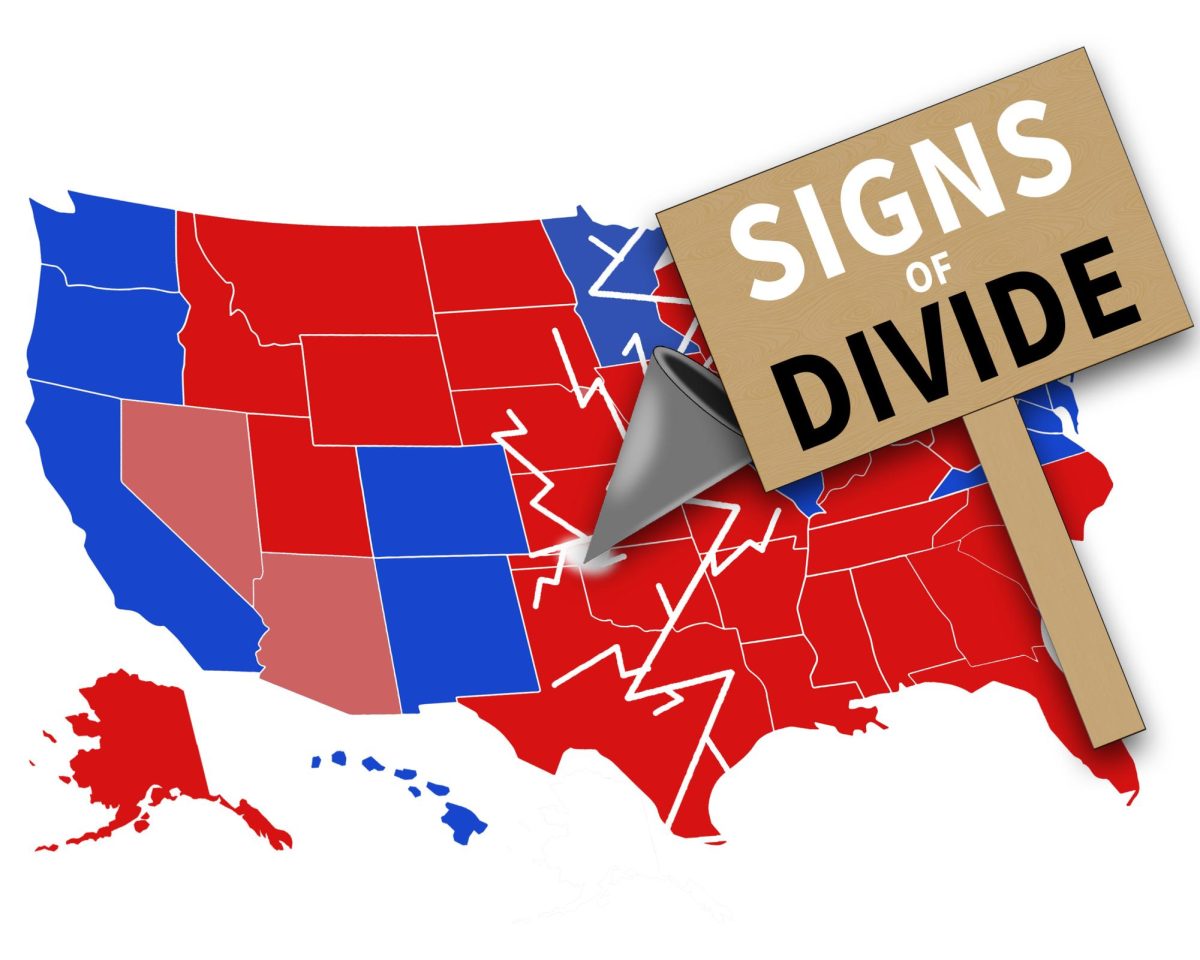When I was a kid, I really liked trains.
I liked them so much, in fact, that I had Thomas the Tank Engine toys sprawling across my basement floor.
As cool as I thought that was, nothing could’ve prepared me for when I went to the Monticello Railway Museum and got to see these behemoths of transportation with my own eyes.
As I got older, I strayed away from caring about trains as much. However, I did notice that they weren’t on the rails as often other than freight trains or the Amtrak. Curiously, I began to wonder where these historic engines went.
To explain why some tracks rarely see trains anymore, Mattoon and Charleston can help show us what happened both on a local and national scale.
Craig S. Sanders’s book “Mattoon and Charleston Area Railways” and Justin Wardall’s journal “Railroad Town: The Iron Horse Comes to Mattoon, Illinois, 1855 to 1870” outline and dive deep into the history behind the tracks found between the two towns.
In 1837, the Illinois General Assembly passed the Internal Improvements Act. Within this law, the construction of railroads was now permitted. However, the financial crisis known as the Panic of 1837 led to the law taking longer to see completion than originally planned.
Fast forward to 1857, a rural settlement known as Pegtown, named after its plots of land, was renamed after William B. Mattoon and became an official town. The railroad that still runs through Mattoon today also appeared around this time, bringing in a population of 4,967 to the area by 1870.
The Illinois Central and New York Central railroads set up shops, yards and offices in Mattoon, with Nickel Plate Road setting up the same services in Charleston. These new railroads and businesses saw a booming economy spring up between the two towns, especially in the agriculture industry.
The economy wasn’t without flaws though.
Most businesses in Mattoon wouldn’t last long because of the change needed for the economy. This would vary all the time, but one moment a store could be a clothing store and the next week it’d be a butcher shop.
The railroads weren’t just great for the economy, but they were useful for transportation as well. For the first time, residents had an easy way to travel to and from St. Louis. This was especially helpful during fair season.
The economy and jobs brought to the area by the railroad didn’t last forever unfortunately.
Steam locomotives dominated the rails during this time, like the Big Boy, which only saw 25 units produced that contained the power of three smaller engines each. When the 1950s rolled around, steam locomotives began to be phased out with most being scrapped or donated. In the case of the Big Boys, only the 4014 remains on the rails to tour the country each year.
The diesel engines resulted in businesses in both Mattoon and Charleston closing, putting countless amounts of people out of jobs. This situation only grew worse once new methods of transportation like interstates and commercial airlines grew in popularity, leading to the decline of passenger trains.
While this is the case seen between Mattoon and Charleston, the same situation played out in most small towns. With no passenger trains running through the small towns, people no longer had a reason to stay there. With no steam locomotives, the diesel engines didn’t need to stop at every single town and could continue towards their destination.
This leads us to the present where other modes of transportation are present such as cars and planes that dominate the modern era of transportation.
It’s a shame to see these incredible pieces of history go to waste by being scrapped or left retired in museums.
Sure, Amtrak serves as a viable method of train transportation, but most people would rather drive or fly.
More train corporations should follow in Union Pacific’s steps by restoring old trains and putting them back on the tracks. Failure to do so would result in a crucial part of humanity’s history and innovative ability being lost to time.
While it may not always be the best method of transportation depending on the distance to your destination, train travel serves as an unique experience most don’t get to have anymore.
Luke Brewer can be reached at 581-2812 or at lsbrewer@eiu.edu.





































































